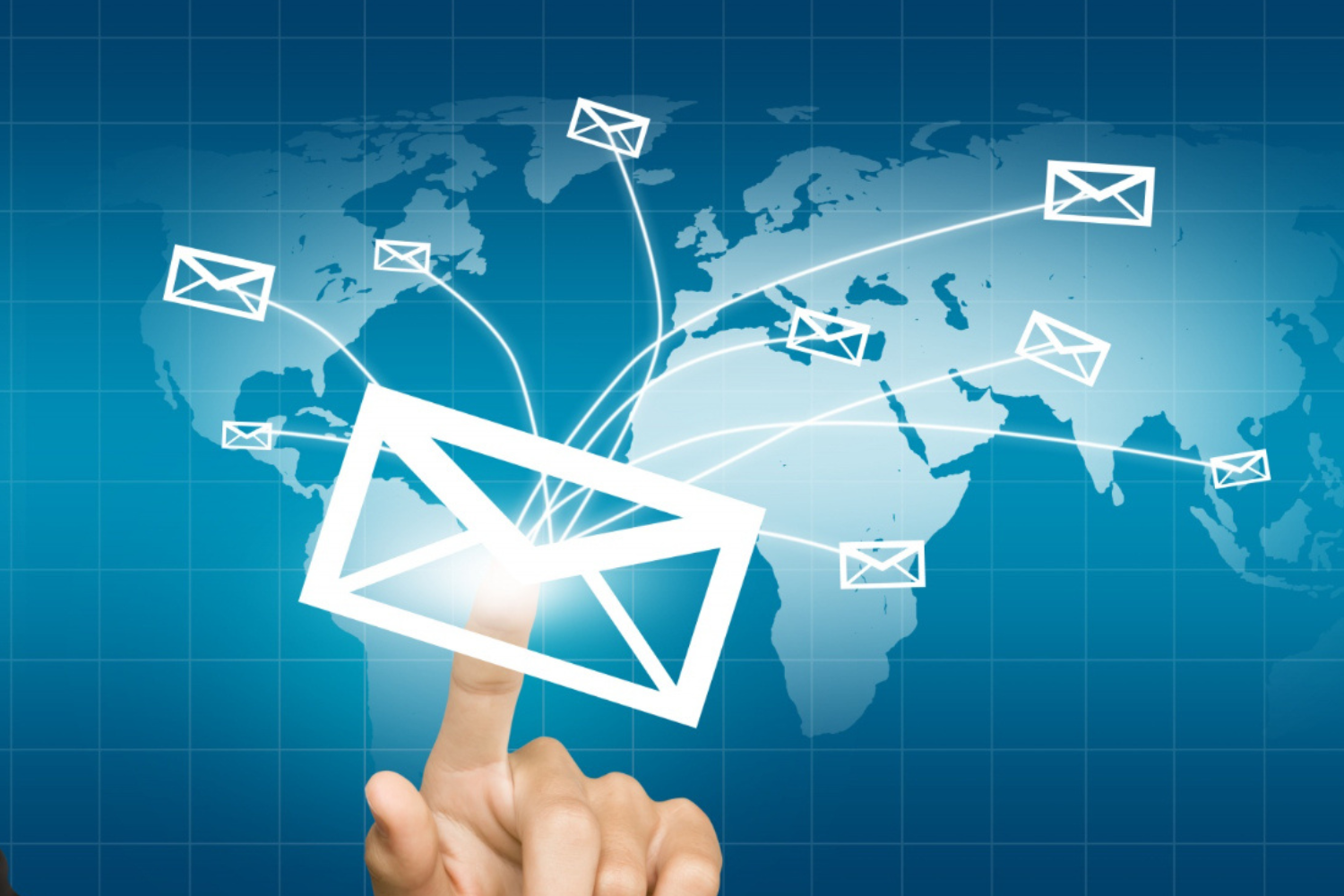In the symphony of digital marketing, the question of the best frequency for sending marketing emails echoes through the corridors of every marketer’s mind. Too many, and you risk annoying your audience; too few, and you may fade into obscurity. Finding the sweet spot is an ongoing quest, influenced by various factors. In this article, we’ll delve into the intricate dance of email frequency, aiming to demystify the ideal rhythm for your marketing endeavors.
Understanding Subscriber Behavior
At the heart of determining the optimal email frequency lies a profound understanding of your audience. Analyzing subscriber behavior patterns, such as when they are most active and responsive, provides valuable insights. Consider factors like time zones, demographics, and the nature of your content to tailor your email schedule to align with your audience’s preferences.
Quality Over Quantity
In the pursuit of finding the right frequency, it’s crucial to remember that quality trumps quantity. The inbox is a coveted space, and subscribers expect value from the emails they receive. Crafting engaging, relevant, and personalized content should be the priority. A well-thought-out message will have a more significant impact than a barrage of generic communications, fostering a positive relationship with your audience.
Segmentation for Personalization
Segmentation is the secret ingredient for personalization at scale. Dividing your audience into segments based on factors like behavior, preferences, or demographics allows for more targeted communication. Each segment may have its own ideal frequency, ensuring that your emails are finely tuned to the specific needs and interests of each group.
Finding the Balance
While there’s no one-size-fits-all solution, certain guidelines can serve as a compass in the vast sea of email marketing:
1.Weekly Engagement:
For many industries, a weekly email cadence strikes a balance between staying on your audience’s radar without overwhelming them. This frequency allows for consistent communication while respecting your subscribers’ time and attention.
2.Promotional Timing:
Align the frequency of promotional emails with your sales cycles and promotional calendar. Timely and relevant promotional content can capture your audience’s interest without feeling intrusive.3.Event-Triggered Emails:
Automation is a powerful ally. Event-triggered emails, such as welcome series or abandoned cart reminders, offer relevance and engagement. Adjust the frequency of these automated messages based on user behavior and the specific triggers.4.Embrace Testing and Adaptation
The quest for the perfect email frequency is an iterative process. Implement A/B testing to experiment with different frequencies and measure their impact on critical metrics like open rates and click-through rates. Regularly review performance data, analyze subscriber behavior, and be willing to adapt your strategy based on the insights gained.
Conclusion
In the dynamic realm of digital communication, the best frequency for sending marketing emails is a nuanced melody rather than a one-note tune. By understanding your audience, prioritizing content quality, leveraging segmentation, and embracing a testing mindset, you can navigate the complexities of email frequency to strike the right chord with your subscribers. Remember, the optimal frequency is a delicate balance that resonates with your audience and contributes to the overarching goals of your marketing campaigns.



Recent Comments